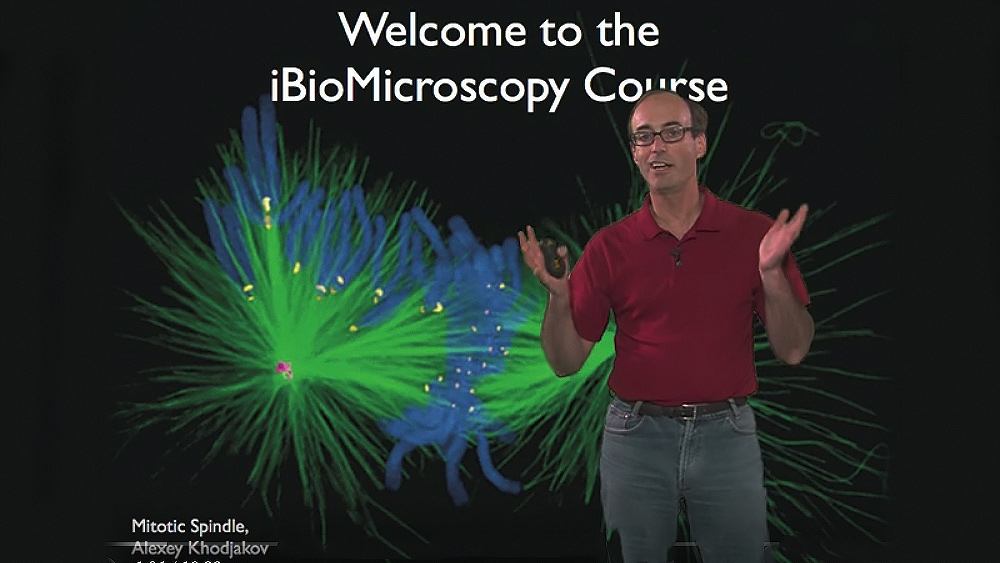Talk Overview
Optogenetics is a combination of genetics and optics to achieve a gain or loss of function of biochemical events such as action potentials in a particular neuron or tissue. Opsin genes encode proteins that receive light and give rise to ion flow. This talk gives an introduction to optogenetics followed by examples of how optogenetics is being used to study the brain.
Questions
- Which of the following is/are true about opsins (select all that apply)?
- Activated by light
- Give rise to ion flow
- Activated by ions
- Can inhibit cells
- Briefly explain the benefits of using optogenetics over electrode stimulation.
- What is τ off?
- Describes the wavelength of light needed to activate the opsin
- Describes the time constant of deactivation of the opsin after the light is turned off
- Describes the time constant of activation of the opsin after light is applied
- Describes the number of opsins needed to be expressed on a cell to achieve activation
- Explain why an opsin with a long τ off can be useful.
Answers
View AnswersSpeaker Bio
Karl Deisseroth

Karl Deisseroth is Professor of Bioengineering and of Psychiatry and Behavioral Sciences at Stanford University, and an HHMI Investigator. He earned his MD/PhD in neuroscience from Stanford University. His lifelong interest in psychiatry led him to build a world-class laboratory in neuroscience where he developed optogenetics. His lab studies the control and mapping of neural… Continue Reading









Leave a Reply